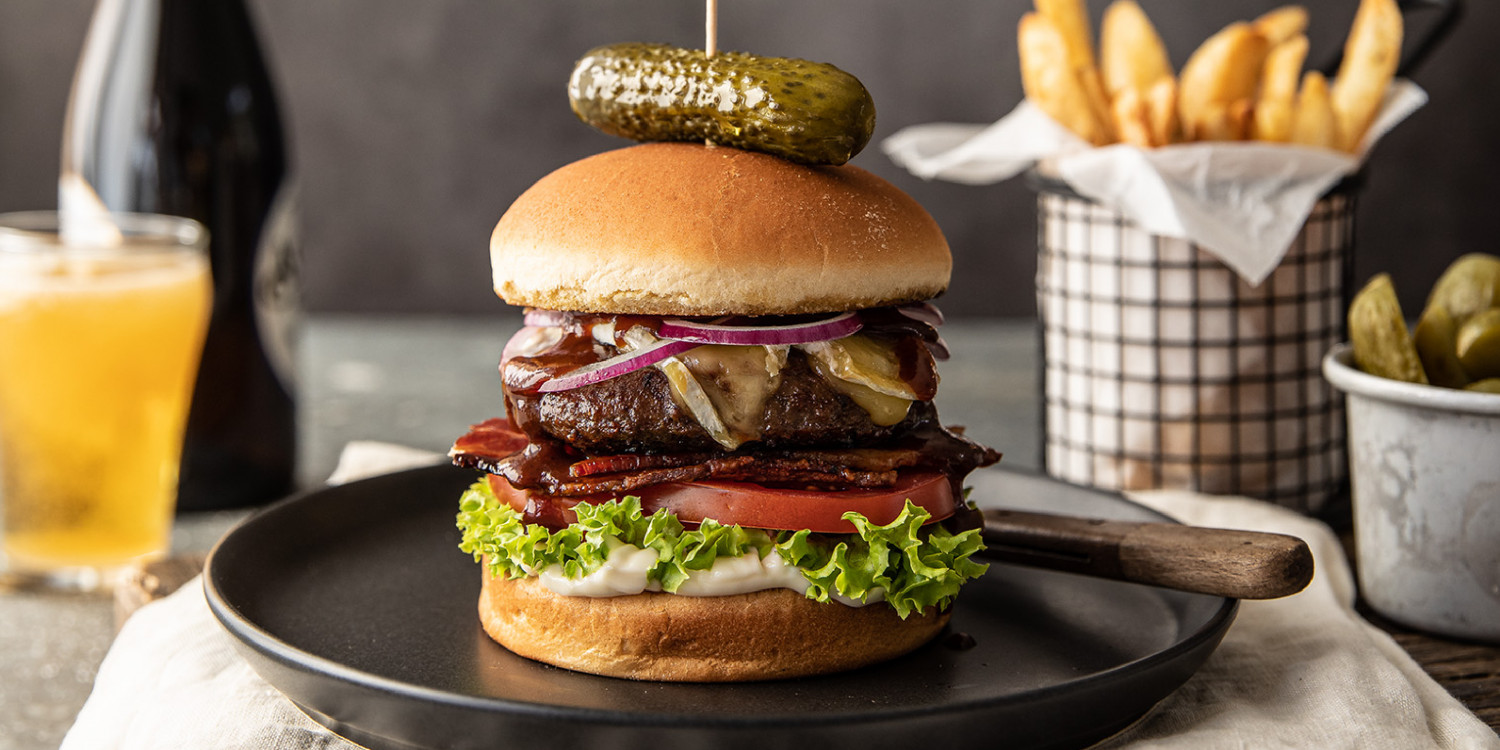
The History of the Hamburger
The history of the hamburger patty is full of spicy claims.
You’ll find yourself sifting through many boasts of ‘world’s first’ and risk losing your way in numerous hamburger rabbit holes. In this article, we focus on the hamburger’s early story - just the tasty tidbits - so, let’s roll back to ancient Rome and get this history lesson cooking, or have it raw and under a saddle, as was the case back then.
The origin - the road from Rome to Hamburg
Before the hamburger (with bun, sauces, and trimmings), there was simply the patty. Made popular because you could eat it with one hand (often while on horseback), and it was easy to digest. A first-century A.D. Roman cookbook by Apicius has a recipe that is close to the modern burger; a minced meat patty blended with crushed nuts and heavily spiced and cooked.
This ground meat patty was easy to eat ‘on the go’. It was the favoured meal of Genghis Khan’s (1162-1227) fierce Mongol horsemen. They stayed in their saddles for long periods, sometimes days, without dismounting. They would use morsels of lamb or mutton, which they formed into flat patties. They softened the meat by placing them under the saddles of their horses while riding into battle. The meat was eaten raw, having been tenderised by the saddle and the back of the horse.
These days we appreciate that this may have presented a plethora of health code violations. Luckily, we have embraced the convenience of partially cooking our patties and no longer using horses’ buttocks as tenderisers…
Steak Tartare was the hamburger prototype
When Genghis Khan’s grandson, Khubilai Khan (1215-1294), invaded Moscow his horde brought their saddle-tenderised meat with them. The Russians embraced the dish and gave it the name “Steak Tartare,” (Tartars being their name for the Mongols).2 Over many years, Russian chefs adapted and developed this dish, refining it with chopped onions and raw eggs. These days, Steak Tartare is a delicacy found in high-end eateries.
Fast forward to the 15th Century, minced beef was a sought-after delicacy in Europe. Ships from the German port of Hamburg began visiting Russian ports. During this period, the Russian steak tartare was brought back to Germany and called “tartare steak.”
In the late eighteenth century, sailors who had visited Hamburg brought this food to New York along with the term “Hamburg Steak”. In time, food stands along the New York city harbour offered “steak cooked in the Hamburg style.”
Originally, the meat was minced by hand, then as meat grinders became common in the late 1800s, so did hamburger steaks. By the 1880s, hamburger steaks were available at restaurants across the country.
This food phenomenon went wherever German settlers emigrated - Hamburg steaks even found their way to Australia (South Australia and Queensland) and New Zealand (Nelson Bays area) as early as the 1840s.
Before the bun, it started ‘on toast’
By the late 1880s, hamburger steaks were popular across the United States. In 1887 a New York lodging house advertised “a bowl of coffee, hamburger steak and bread” for 10 cents. A few years later, in 1891, the Boston Globe carried an ad for a butcher shop selling a cookbook with a recipe for “hamburger on toast.”
In 1893, the Reno Gazette-Journal advertised that “celebrated Hamburger steak sandwiches replenish an empty stomach and fortify even Satan himself.” This association with sin was common during early burger history.3 Sold mostly in saloons and at all-night lunch carts the dish, at least in the minds of polite society, seemed to have “something of the night” about it. 3

Given the frequent proximity of hamburger steak and bread — buns came later — combining these foods appears to have been a natural evolution borne from convenience - buns are, after all, an edible container.
And that, as they say, was only the beginning. In a forthcoming article, we will explore how hamburgers became the ultimate ‘easy, fast food,’ transforming ‘food on the go’ by becoming the staple diet of hard workers and busy families worldwide.
